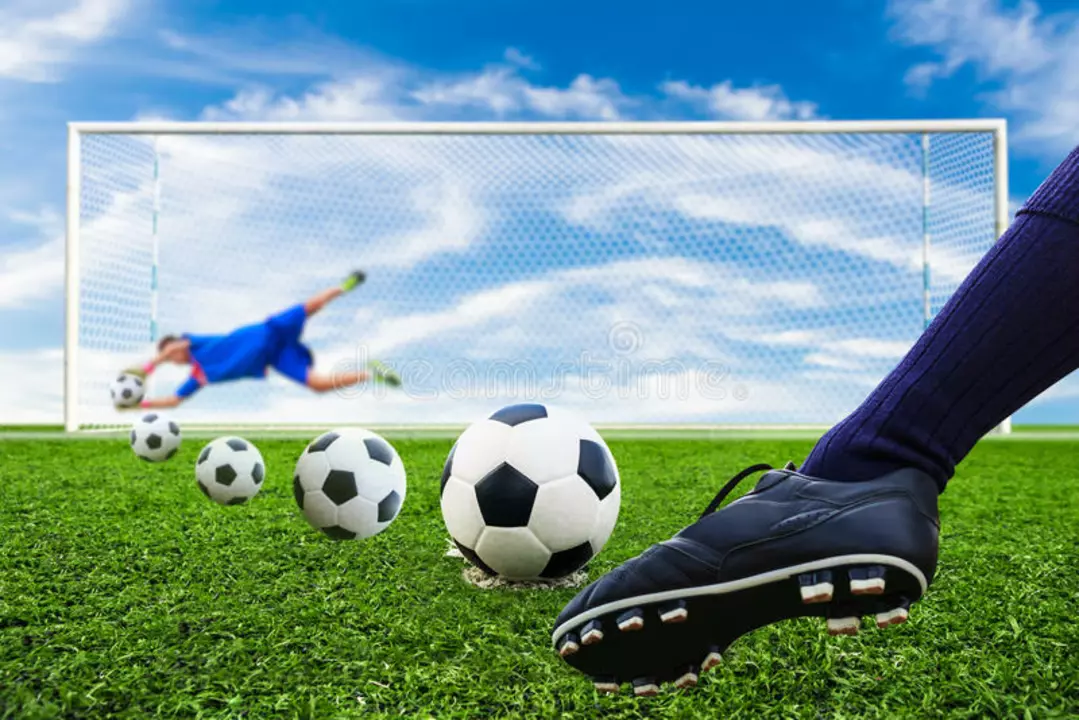Ball – Everything You Need to Know
When talking about ball, a round object used in countless games and sports. Also known as sports ball, it is the core piece that drives play, fuels excitement, and shapes training routines. Soccer, a foot‑based team sport played worldwide relies on a size‑5 football, while basketball, an indoor game where players dribble and shoot a larger orange ball uses a different size and bounce. The material a ball is made from – most often leather, a durable skin that offers grip and feel or synthetic composites – directly impacts control, speed, and injury risk. In short, ball encompasses the equipment, the sport, and the science behind performance.
How Different Balls Shape Play and Safety
Every sport tweaks the basic ball design to match its rules. A soccer ball needs a smooth surface for predictable flight, so manufacturers focus on panel shape and air pressure; a basketball demands a high‑rebound rubber or leather cover for quick dribbles. These design choices affect how athletes move: a lighter ball promotes faster footwork in soccer, while a heavier ball can build arm strength in basketball. Material choice also ties into injury prevention – a softer synthetic cover reduces impact on joints during repeated kicks, whereas a firm leather shell can increase strain if players over‑use it. Beyond the big‑team games, recreational ball games like dodgeball or handball follow the same logic: size, weight, and bounce dictate strategy and safety. Understanding these links helps coaches pick the right ball for training drills, and helps players avoid common issues like ankle sprains or shoulder strain.
Now that you know what a ball is, the main sport‑specific versions, and why material matters, you’ll see the articles below in a new light. Whether you’re curious about soccer tactics, want tips on choosing the right running shoes for concrete, or wonder how high‑blood‑pressure patients can stay active, each post connects back to the simple object that starts the action – the ball. Dive into the collection and pick up practical advice, real‑world examples, and clear guidance that builds on the fundamentals we’ve just covered.
